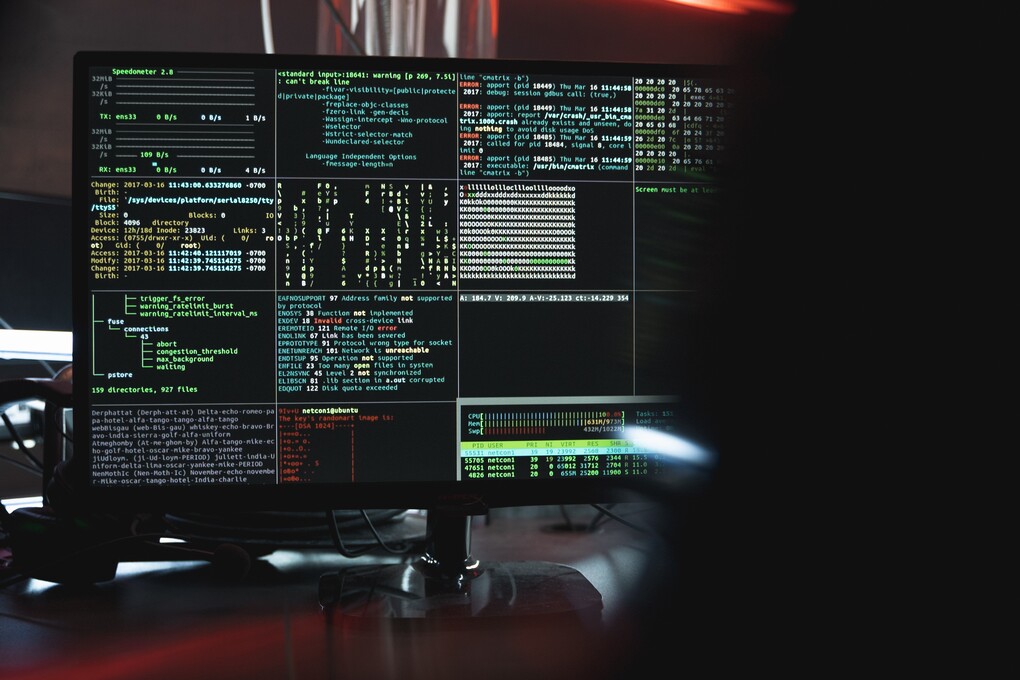
Threats
In an age where cyber threats are ever-evolving, a Security Operations Center (SOC) stands as a formidable fortress, defending organizations against a wide array of digital adversaries. In this blog, we’ll explore the critical need for a SOC and the invaluable protection it provides in today’s digital landscape.
The Evolving Cyber Threat Landscape
Cyber threats have become more sophisticated and persistent than ever before. Attackers employ advanced techniques, exploiting vulnerabilities in an organization’s systems, networks, and applications. A SOC is the frontline defense against these evolving threats.
What is a Security Operations Center (SOC)?
A SOC is a centralized unit responsible for monitoring, detecting, responding to, and mitigating security incidents in real-time. It’s equipped with the technology, processes, and skilled personnel needed to safeguard an organization’s digital assets.
The Critical Need for a SOC
1. Proactive Threat Detection
A SOC employs advanced monitoring tools and techniques to identify potential security incidents before they escalate. This proactive approach enables swift response and mitigation, minimizing potential damage.
2. Rapid Incident Response
In the event of a security incident, time is of the essence. A SOC is equipped to respond swiftly and effectively, mitigating the impact and preventing further compromise.
3. Continuous Monitoring
Cyber threats don’t adhere to a 9-to-5 schedule. A SOC provides 24/7/365 monitoring, ensuring that potential threats are identified and addressed around the clock.
4. Compliance and Reporting
Regulatory compliance is non-negotiable for many organizations. A SOC assists in meeting industry-specific regulations and standards by providing comprehensive reporting on security incidents and activities.
5. Threat Intelligence and Analysis
A SOC is equipped to gather, analyze, and apply threat intelligence to stay ahead of emerging threats. This proactive approach allows for more effective threat prevention and response.
6. Cost-Efficiency and Resource Optimization
By centralizing security operations, a SOC allows for more efficient use of resources. It minimizes the need for ad-hoc, reactive measures, ultimately leading to cost savings in the long run.
Implementing a SOC: Key Considerations
1. Design and Architecture
A well-designed SOC is tailored to the specific needs and risks of the organization. It includes components like SIEM (Security Information and Event Management) systems, intrusion detection systems, and incident response platforms.
2. Skilled Personnel
A SOC is only as effective as the team running it. Skilled cybersecurity professionals with expertise in threat detection, incident response, and threat intelligence analysis are crucial.
3. Integration with Existing Systems
A SOC should seamlessly integrate with the organization’s existing security infrastructure. This ensures that all systems work cohesively to provide comprehensive protection.
Conclusion: Empowering Your Defense Against Cyber Threats
In an era where cyber threats are a constant reality, a Security Operations Center is not a luxury—it’s a necessity. By implementing a SOC, organizations fortify their defenses, ensuring that they can detect, respond to, and mitigate threats in real-time.
Investing in a SOC is an investment in the security and integrity of your organization. It’s a proactive step towards safeguarding your digital assets and maintaining the trust of your stakeholders.
NULL
